
We recreated a wind tunnel we saw during a staff trip to Boulder
The experiments in the wind tunnel use mechanical and thermal forces to simulate realistic ABL as observed in the literature [28, 29]. A recent study carried out in the UFRGS wind tunnel includes thermal effects in experiments that simulate a boundary layer. To carry out this work, a sector of the wind tunnel test section was equipped with a.

(a) Schematic of windtunnel experiment. (b) Photo of the test geometry
Science project Wind Tunnel Experiment Swiss scientist Daniel Bernoulli is often considered the father of fluid mechanics, and developed a mathematical relationship between pressure and fluid flow in the 18 century. Both liquids and gases are considered fluids, and the Bernoulli Principle is a mathematical explanation of why things can fly.

Science fair wind tunnel project 1 YouTube
The intention of wind-tunnel experiments (or in general physical modelling, including water-tank experiments) is to reproduce the characteristics of the atmospheric boundary layer on a small geometric scale, typically between 1/100 th and 1/1000 th of the real world. In the previous chapters, numerical models were grouped into different classes depending on the scales they are applied to.

Schematic illustration of the system for the wind tunnel experiment
Wind tunnel (Experiment 2) General You will use a small wind tunnel which has a pair of fans that draw air through the tunnel. The working section is transparent and the tunnel is equipped with various pitot-static tubes, pitot tubes and tappings to allow you to measure the flow.
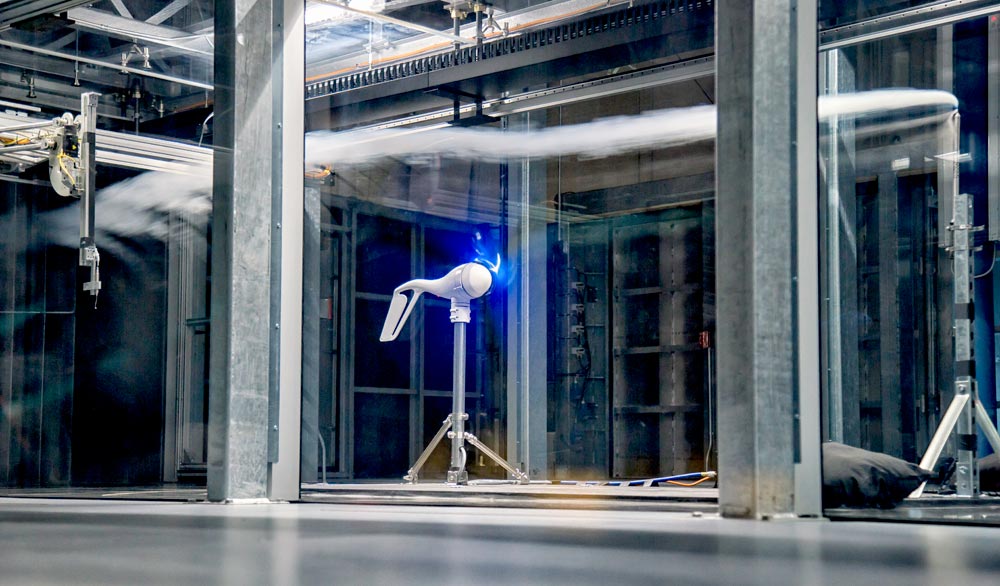
New Wind Tunnel Generates Energetic Possibilities for the University
Wind-tunnel experiment on aerodynamic characteristics of a runner using a moving-belt system Tatsuya Inoue , Takafumi Okayama , Takahiro Teraoka , Satoshi Maeno & Katsuya Hirata | Zhongmin Jin (Reviewing Editor) Article: 1231389 | Received 25 Jun 2016, Accepted 28 Aug 2016, Published online: 16 Sep 2016 Cite this article
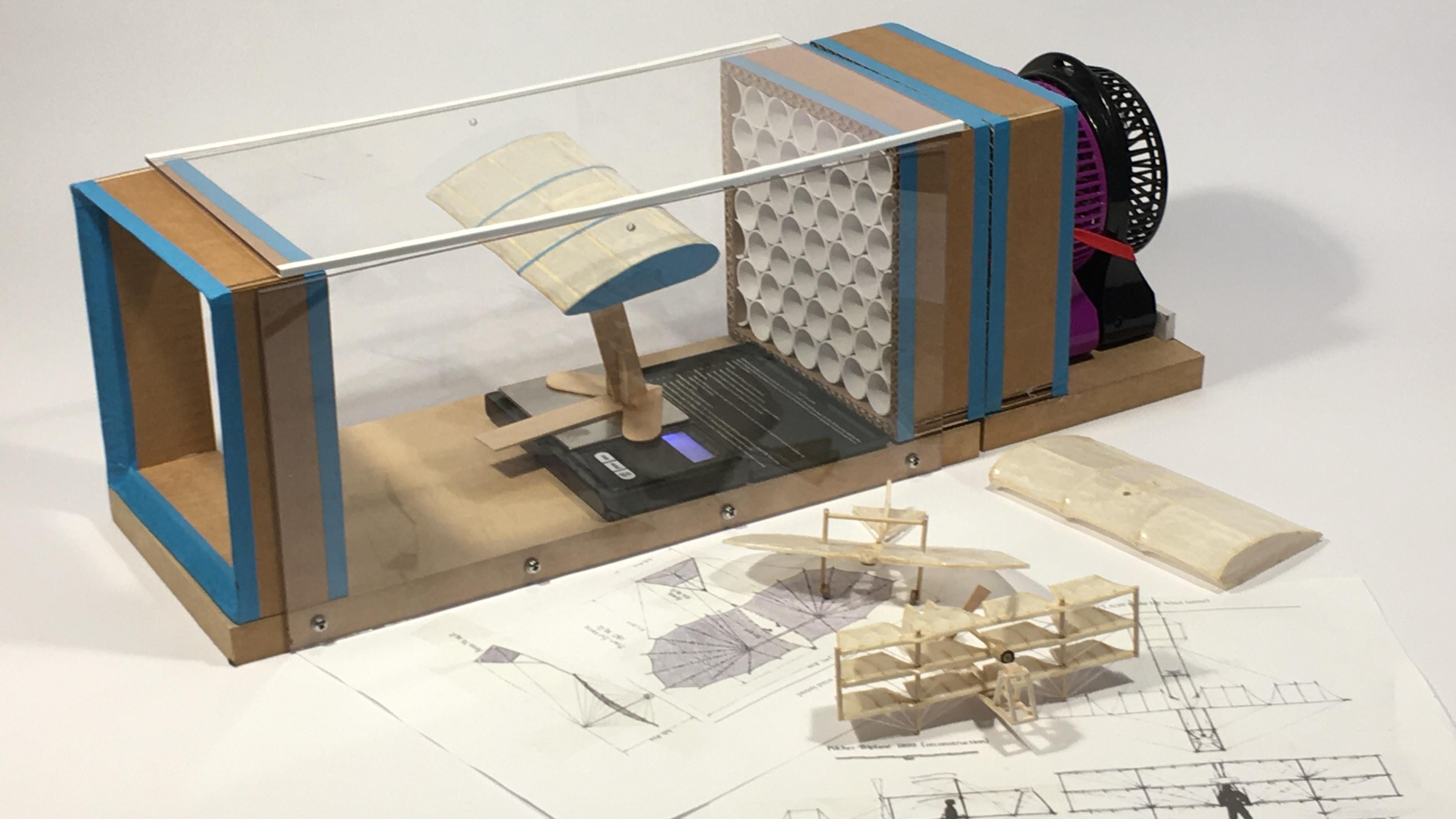
DIY Wind Tunnel Aims To Educate The Youth
Research Wind Tunnel Experiments Wind Tunnel Experiments At WiRE, laboratory-scale experiments are performed on especially designed wind turbine models in a boundary-layer wind tunnel using state-of-the-art flow measurement techniques.

Typical wind tunnel spray grid experiment. Source photograph courtesy
Wind-Tunnel Experiments of Turbulent Wind Fields over a Two-dimensional (2D) Steep Hill: Effects of the Stable Boundary Layer Research Article Published: 13 July 2023 Volume 188 , pages 441-461, ( 2023 ) Cite this article Download PDF Boundary-Layer Meteorology Aims and scope Submit manuscript Wei Zhang, Corey D. Markfort & Fernando Porté-Agel

High Subsonic Wind Tunnel Aerospace Research Center
Experimental setup of wind tunnel tests for wind turbines are reviewed. • Dynamic flow in near wake and far wake is discussed with theoretical analysis. • Typical terrain models and terrain effects on wind turbine performance are discussed. • The underlying physics and effect of active yaw control are experimentally verified. •

Wind Tunnel! Kids can experiment with different materials. Just slip
The wind tunnel is best used for science fair projects in grades 9-12. Figure A.. First, there are two main types of wind tunnels: closed-circuit and open-circuit. A closed-circuit wind tunnel is a very large and expensive type of wind tunnel. It gives engineers and scientists the greatest control over the flow of air, and produces the.
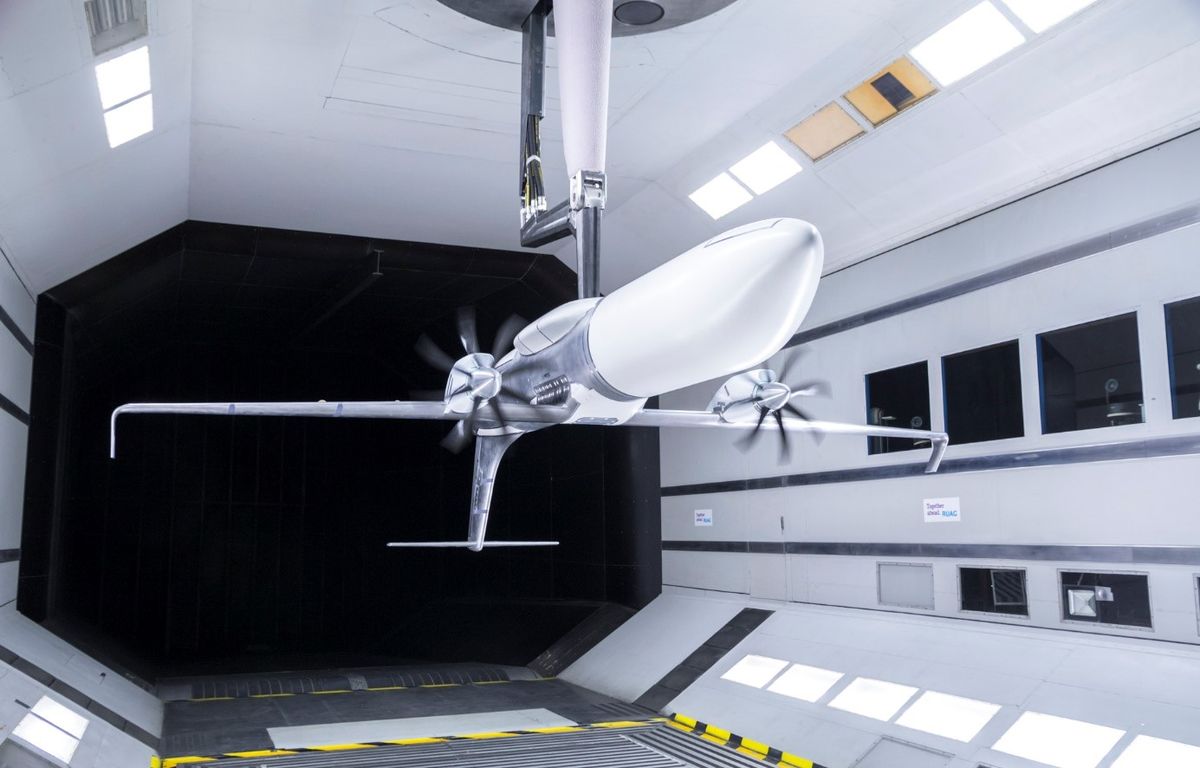
Wind Tunnel Testing at RUAG with HBM Solutions HBM
Experiment test with wind tunnel. Locate the prototype inside the test section area. The designed test section is spacious which make it possible to locate more than one prototype inside the test section area. Using more than one prototype is advantageous where it can be used for analyzing the turbulence effect of the prototype and layout.

FileMD11 12ft Wind Tunnel Test.jpg Wikimedia Commons
Hybrid wind tunnel experiments are based on the hardware-in-the-loop (HIL) system that is shown in Fig. 8 (Belloli et al. 2020). The physical subsystem is the wind turbine scale model, which is designed with requirements similar to those for onshore scale models. The numerical subsystem is instead a simulation code of the rigid body dynamics of.
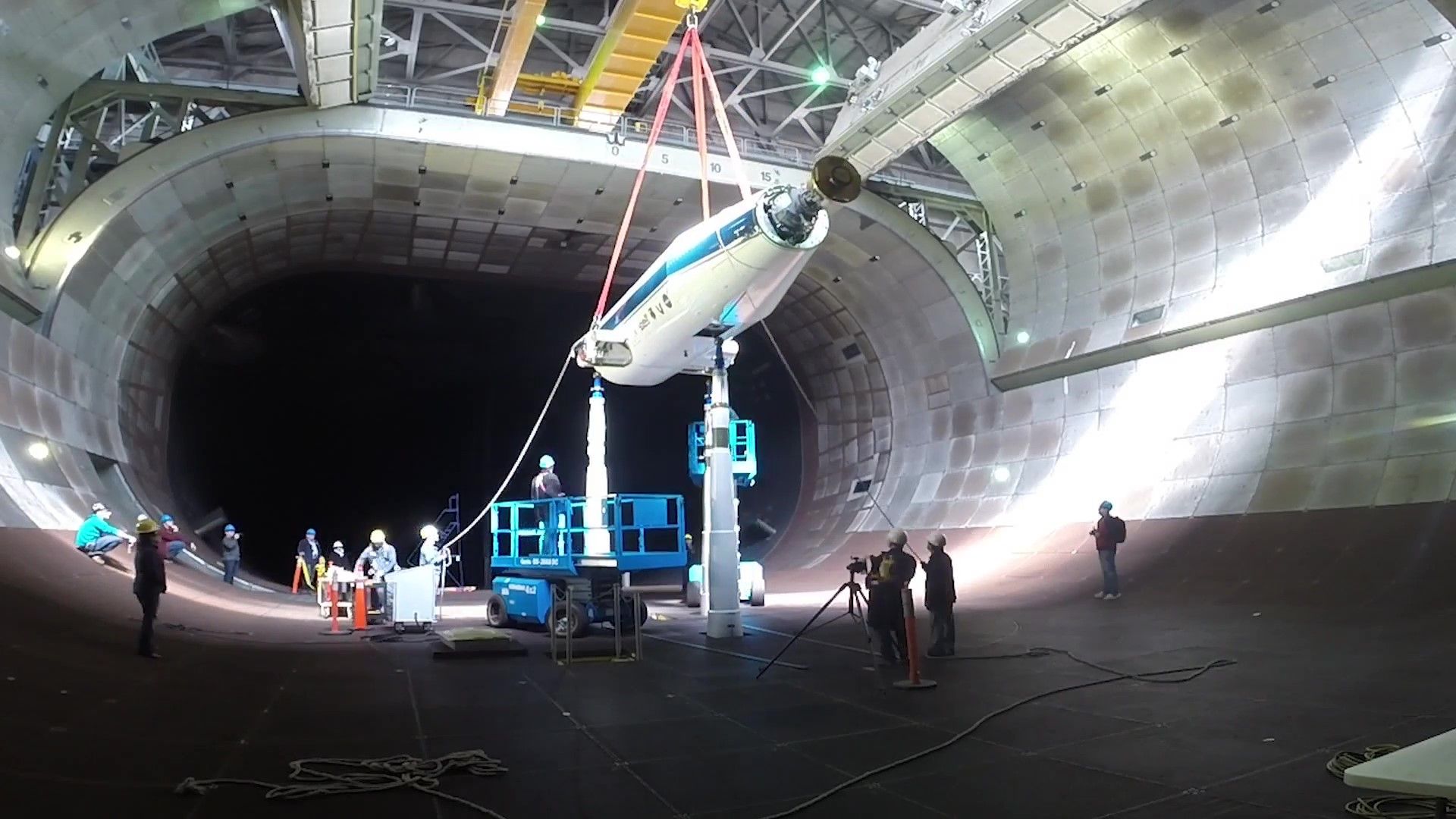
Boom FlyBy What Is Wind Tunnel Testing?
Andrew Bragg Department of Civil and Environmental Engineering, Duke University, Durham, North Carolina, US July 24, 2023 • Physics 16, 123 Measurements conducted over an unprecedented span of conditions uncover universal behavior, but not the kind that theorists expected. NASA, ESA, CSA, STScI, Webb ERO Production Team

DIY Wind tunnel experiment YouTube
Wind tunnel experiments and numerical modelling reveal the existence of two distinct ripples on Earth: centimetre-scale impact ripples and decimetre-scale hydrodynamic ripples, akin to those in.

AERODYNAMIC WIND TUNNEL 4T > Arnold Air Force Base > Display
Advances in wind tunnel experimental investigations of train-bridge systems Xuhui He , Simin Zou Add to Mendeley https://doi.org/10.1016/j.tust.2021.104157 Get rights and content • Identified current situation and challenges of high-speed railway aerodynamics. • Aerodynamics of train, bridge, train-bridge system and their factors are discussed. •
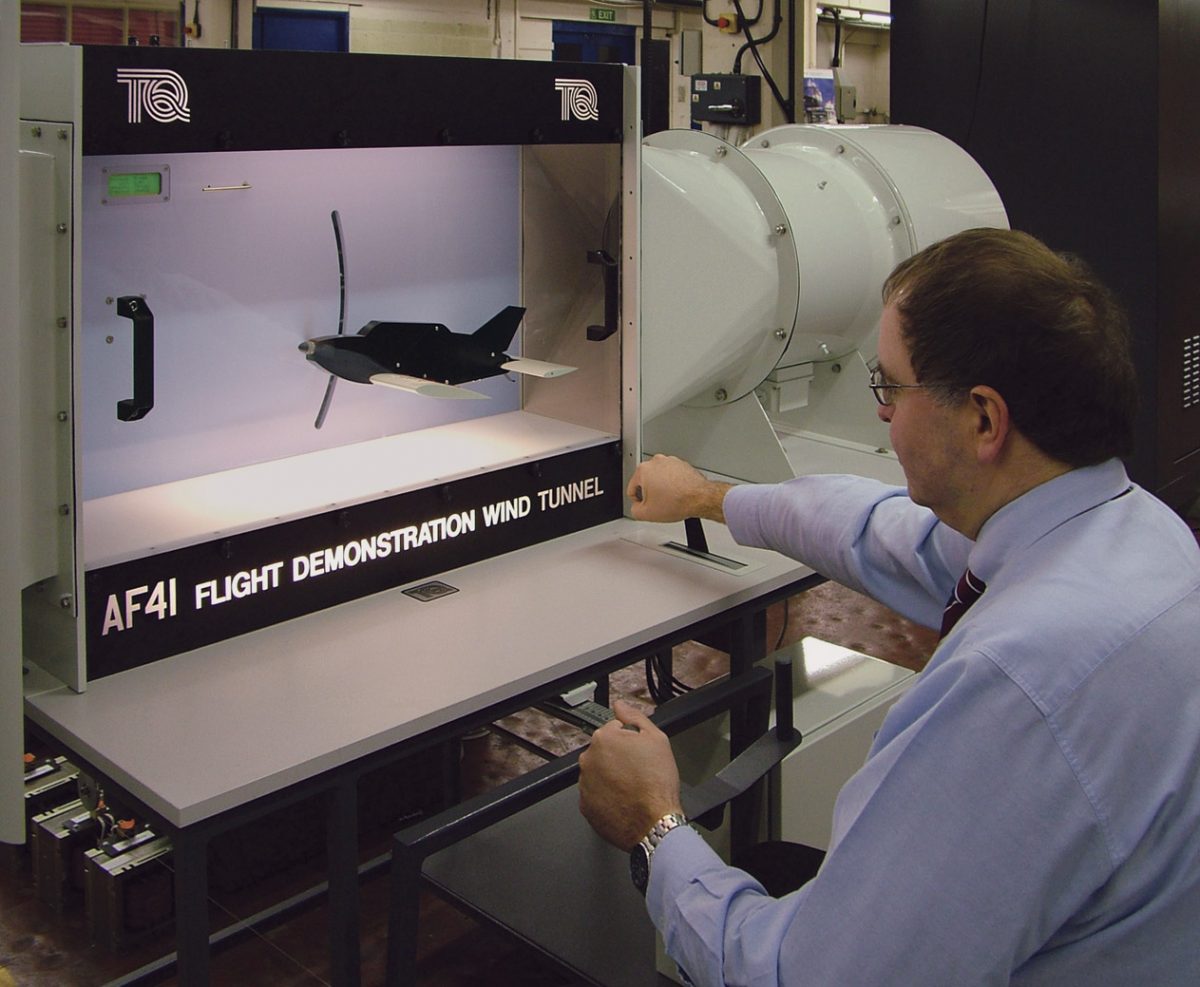
FLIGHT DEMONSTRATION WIND TUNNEL
Step 1: Overall Description of the Wind Tunnel Apparatus. Pictured here is the fully assembled wind tunnel setup, where in this case it is configured to have a horizontal force balance for measuring drag force of a model place on the balance platform, versus an alternate option of a "drift" balance which measures a lift/drag ratio.

Boom FlyBy What Is Wind Tunnel Testing?
Wind Tunnel Testing Aerodynamicists use wind tunnels to test models of proposed aircraft and engine components. During a test, the model is placed in the test section of the tunnel and air is made to flow past the model. Various types of instrumentation are used to determine the forces on the model. There are four main types of wind tunnel tests.